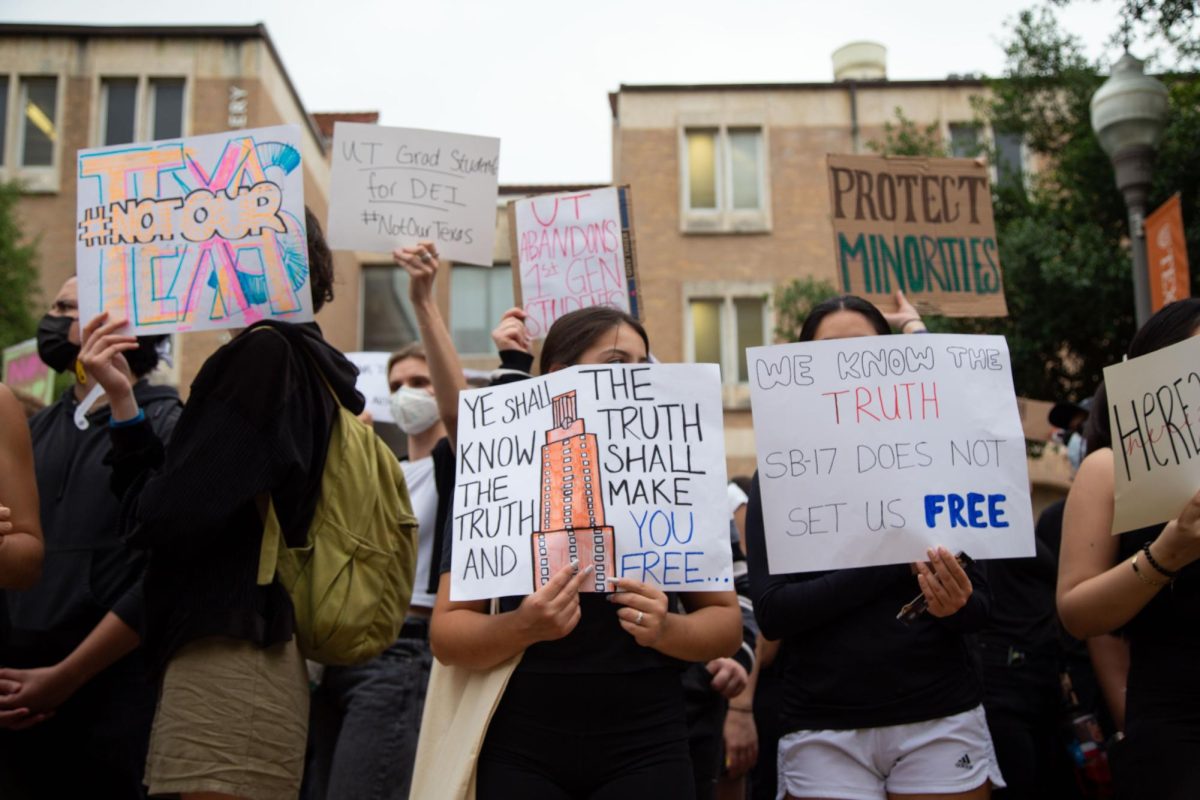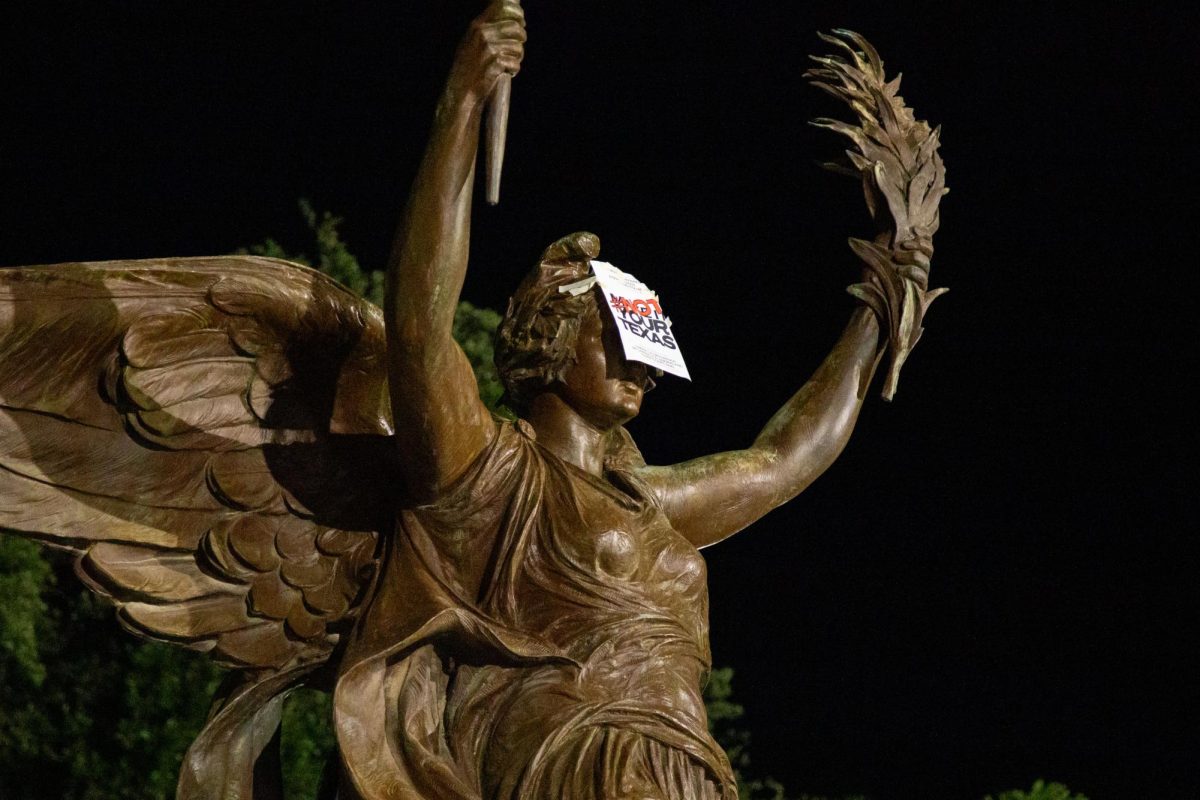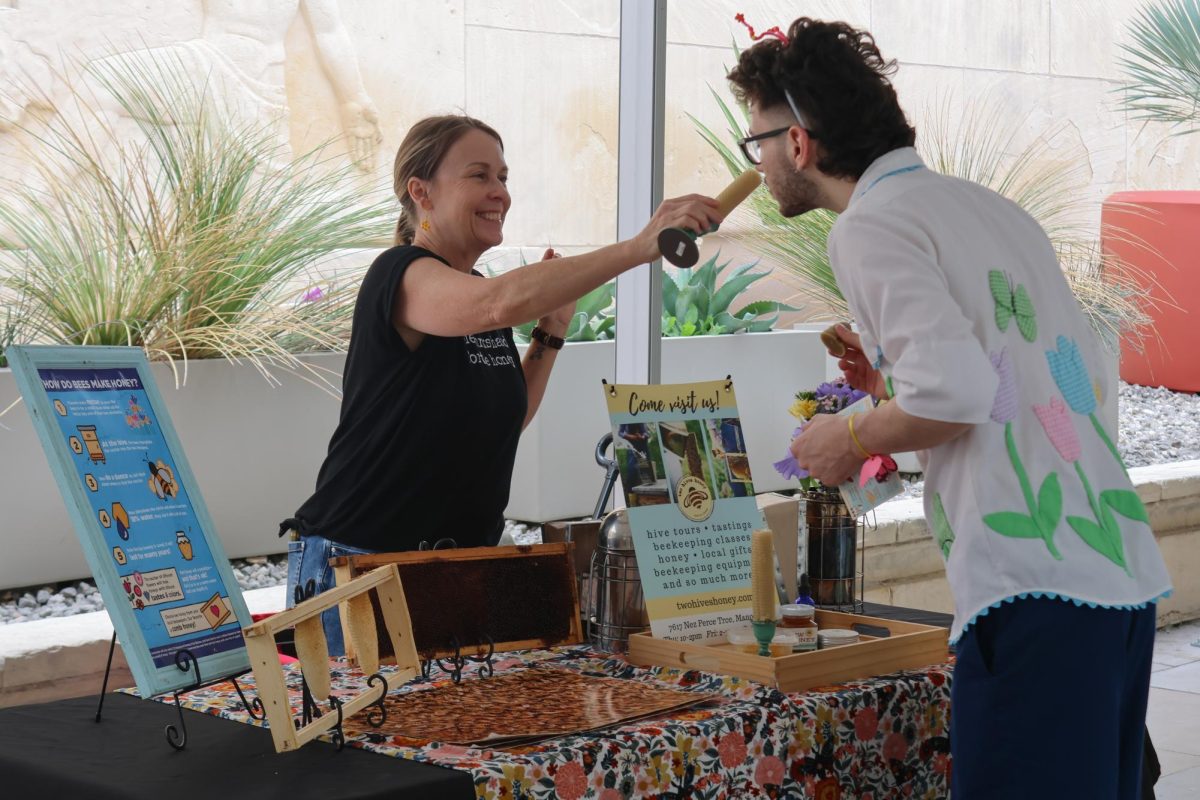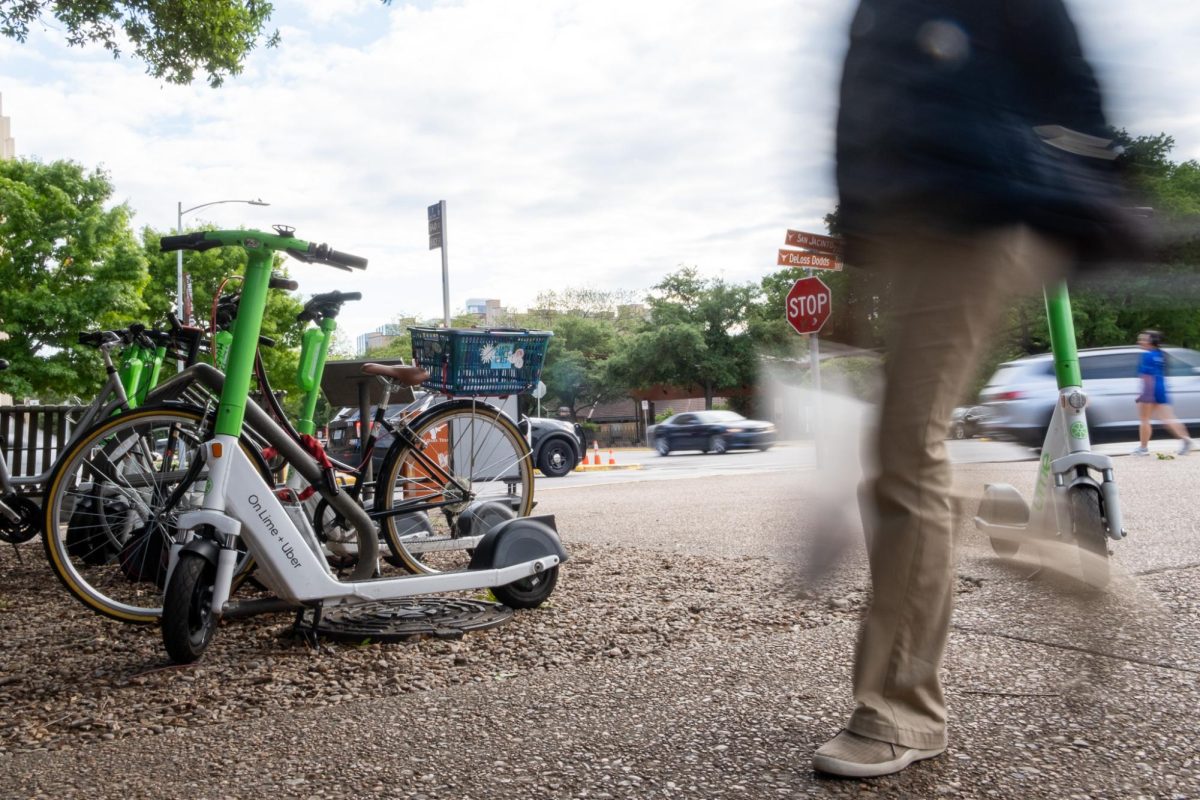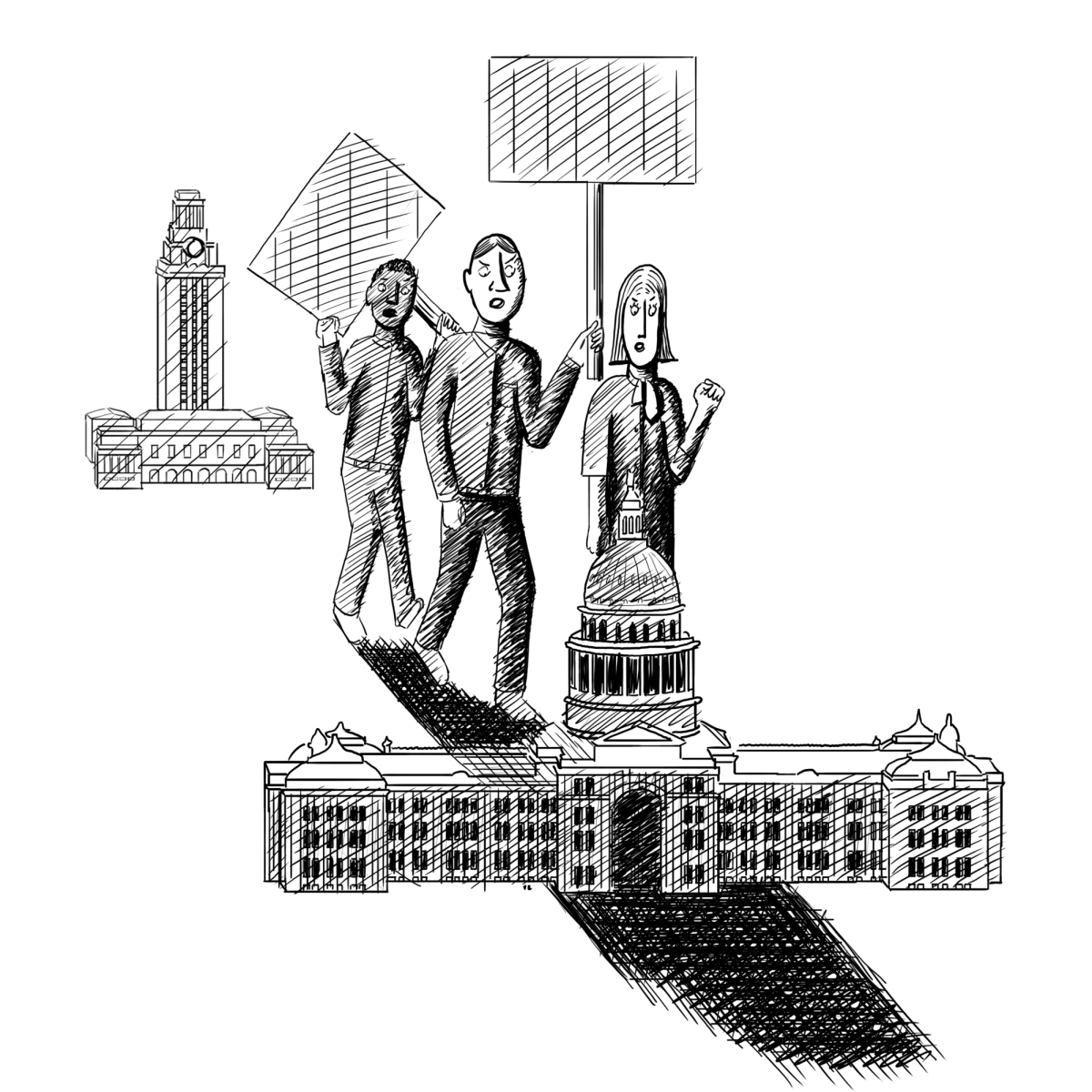Every day this school year, Troy Dewinne, a radio-television-film senior, woke up at 5 a.m. to commute to campus from his grandmother’s house in San Antonio. He arrived at school early to nab one of the few free parking spaces near campus instead of paying for a parking pass.
He did this in an effort to save money for his senior thesis film, “Boys’ Club.” Dewinne said the nine-minute film cost him $3,000 after all was said and done.
UT’s Admissions website reports students spend an average of $2,902 a semester on “miscellaneous expenses.” This figure includes not only books and supplies but also transportation and personal expenses. For certain majors such as radio-television-film, this number can be much higher.
“Filmmaking is inherently not a cheap thing to do,” said Miguel Alvarez, a lecturer in the radio-television-film department. “In filmmaking, there are always costs that you will be responsible for, whether it comes out of pocket or from investors.”
Reagan Weger, radio-television-film sophomore, said some narrative production classes still shoot on film instead of digital media. Buying, developing, shipping and digitizing film can cost up to $115 a project.
“It’s absurd that I’m here for film school to learn, but my experience is so restricted not only by my class structure, but my wallet as well,” Weger said. “I’m paying absurd amounts in tuition. Why is this not included in my (tuition) as a film student?”
Students can rent various equipment from the Moody College of Communication, drastically cutting down production costs. Weger said the equipment checkout does not have enough resources to accommodate students when they are all shooting films at the same time.
Radio-television-film junior Shalave Cawley said in a phone interview that she spent $128 on props, costumes and food to feed her cast and crew for a four-minute video for a web series class.
“That experience kind of discouraged me from making more films,” Cawley said. “I’m barely scraping by, so I can’t imagine how people who are in a worse situation than I am can (afford this major).”
Alvarez said the high cost of filmmaking teaches students to get creative with their resources.
“On one hand, I realize it’s tough to afford things as a student,” Alvarez said. “But I do think it’s important to realize that in film, you’re always wrestling with money. This is the real world.”





